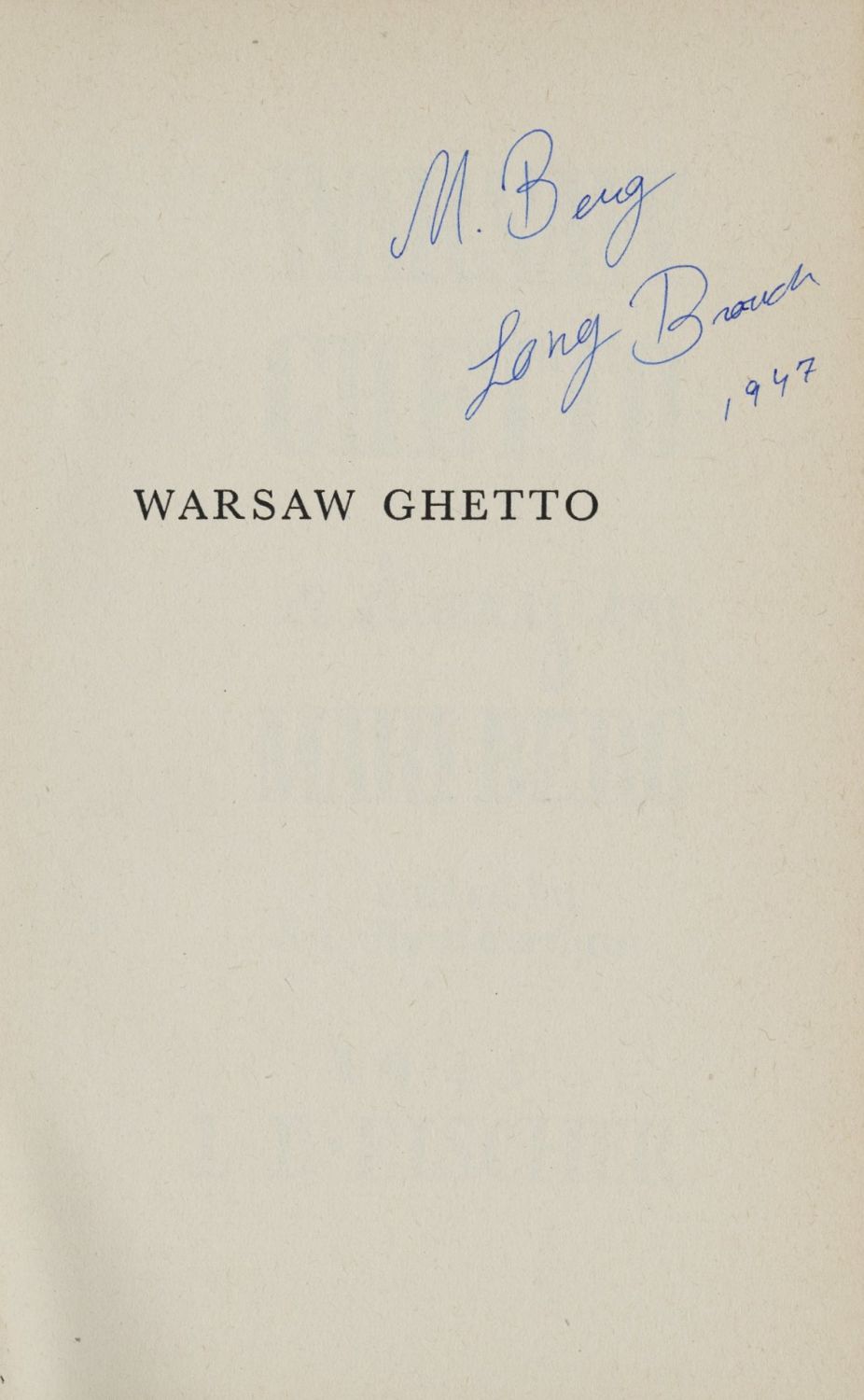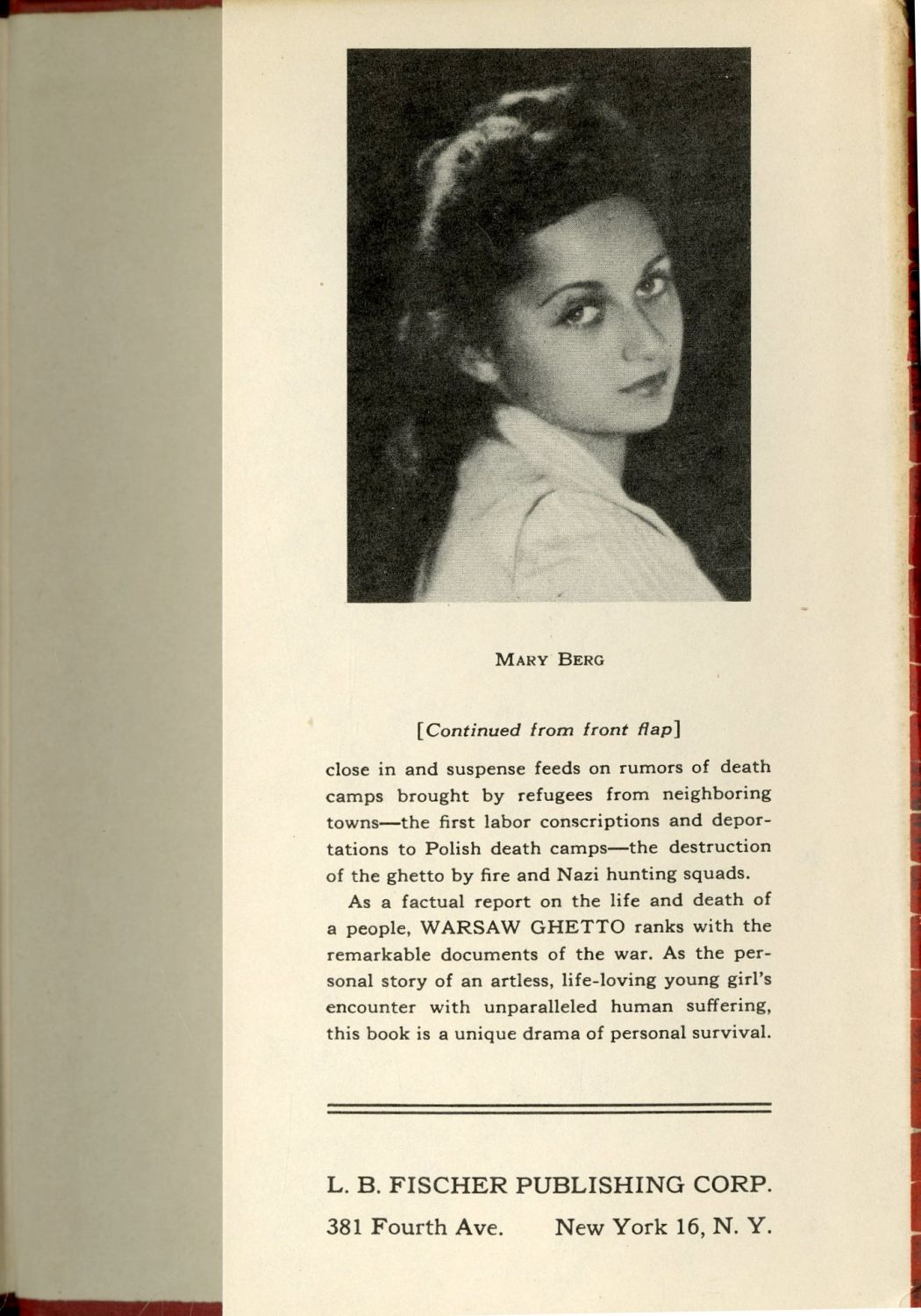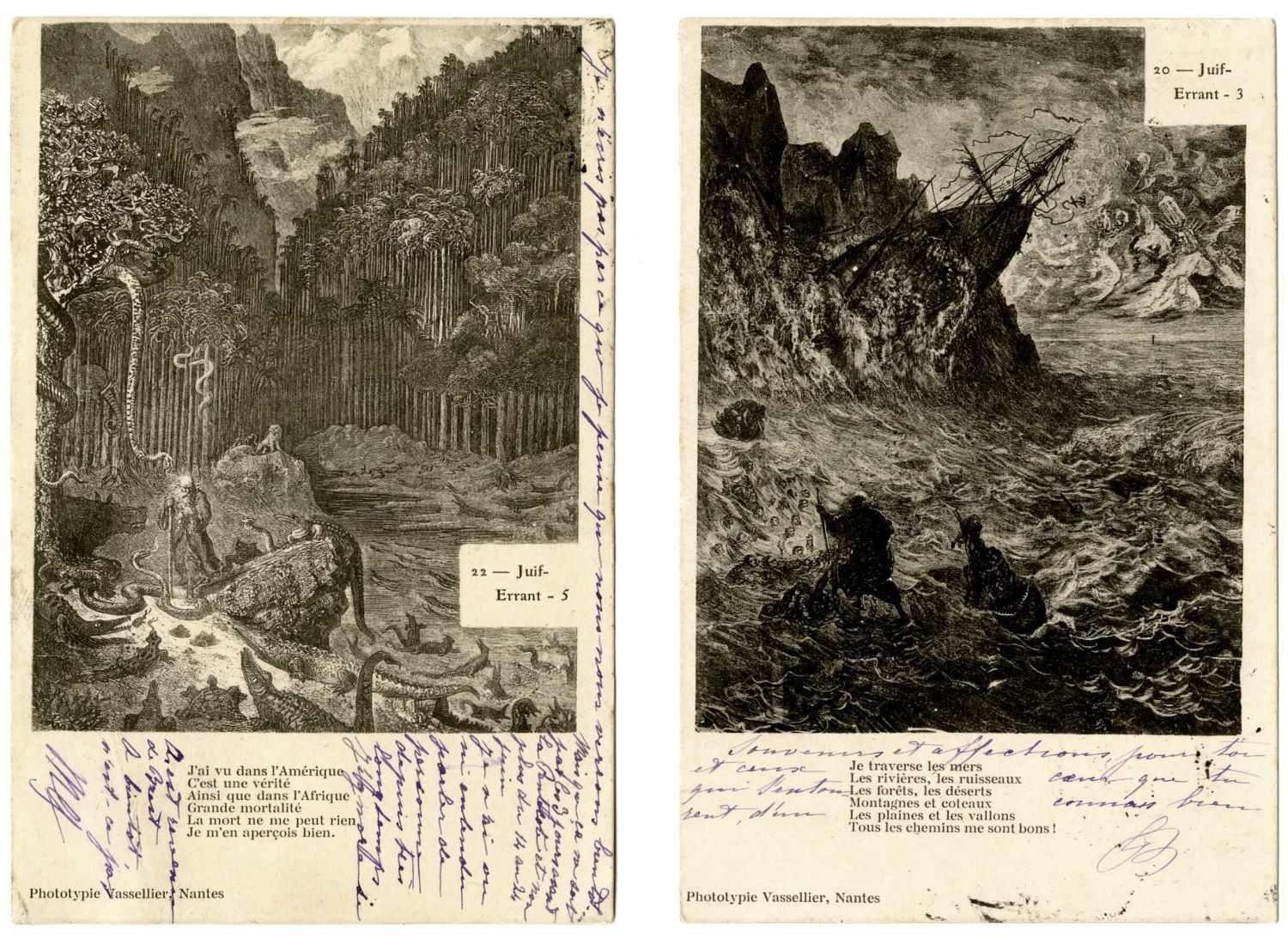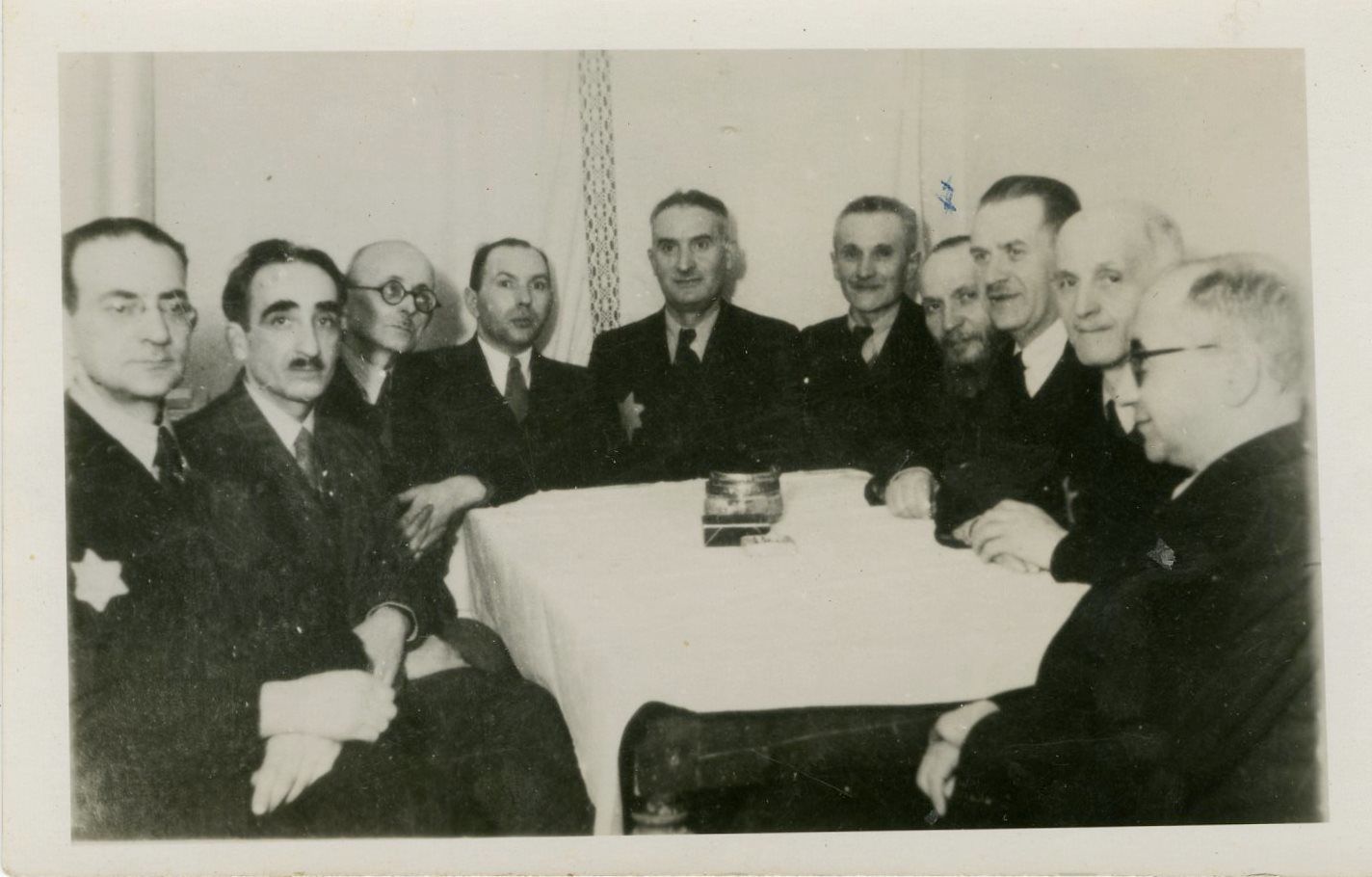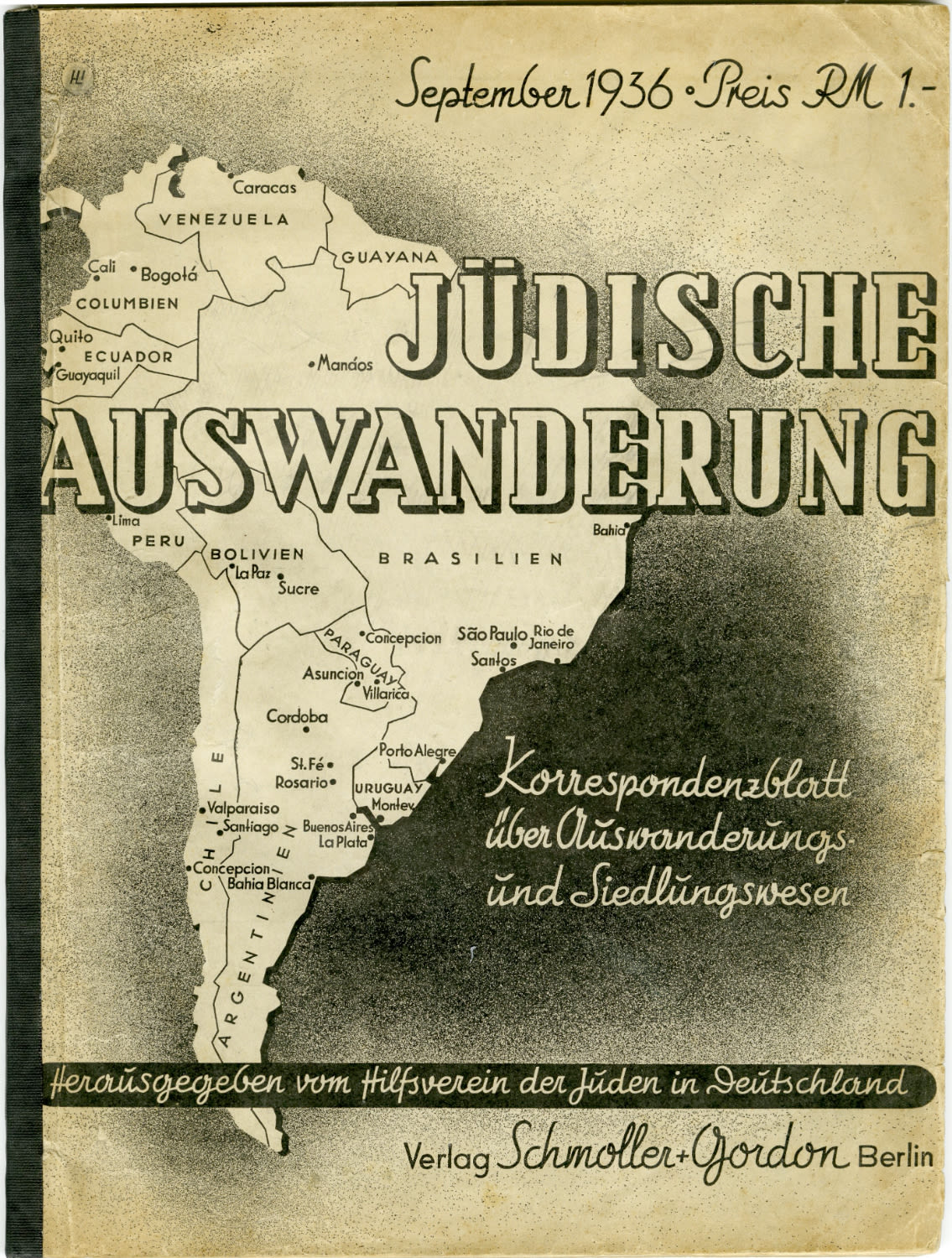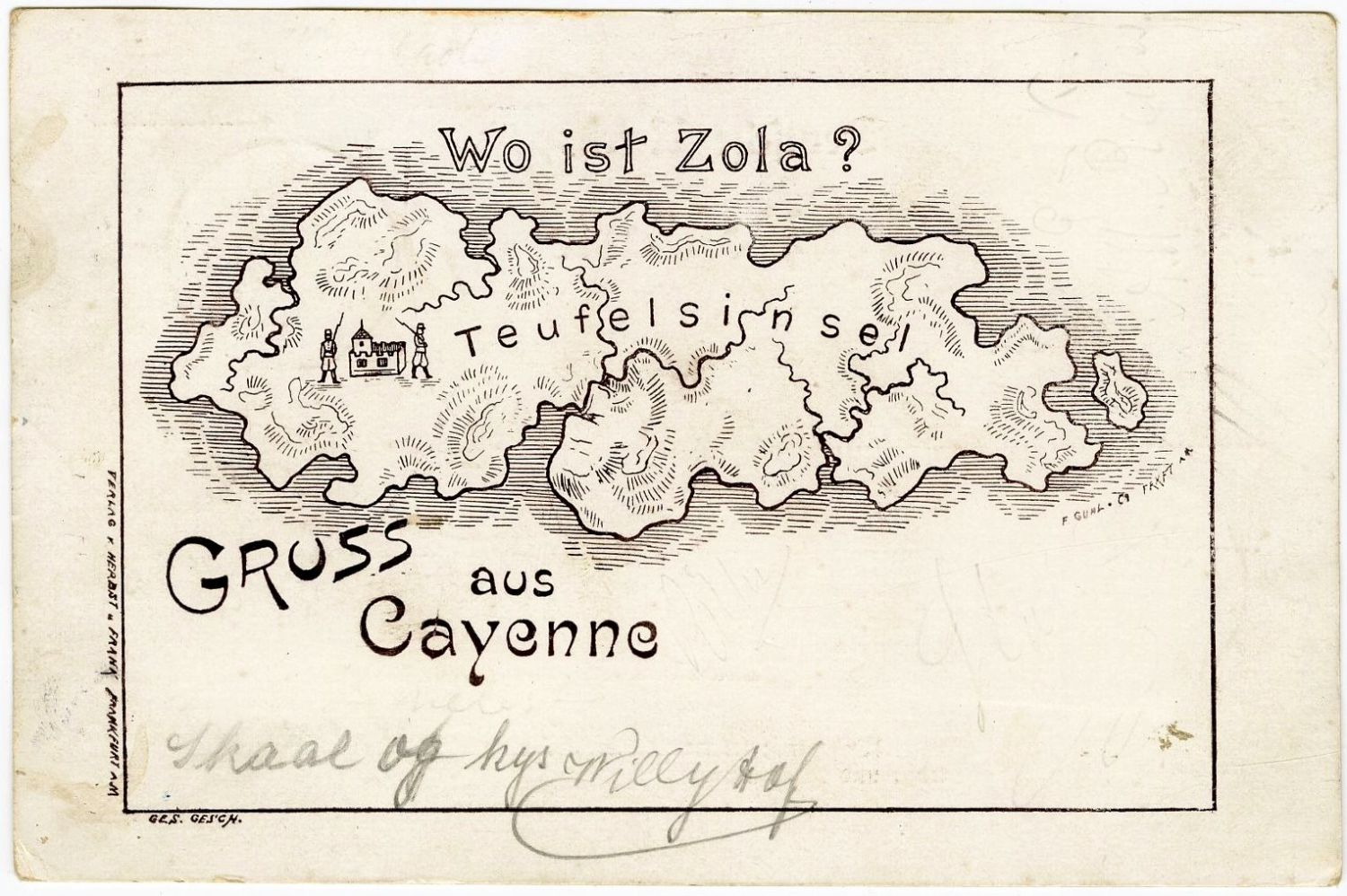WARSAW GHETTO a diary by MARY BERG, edited by S.L. Shneiderman, L.B. Fischer Publishing Company. New York 1945 - First Edition. Copy Signed by Mary Berg: "M. Berg Long Branch 1947".
Mary Berg [1927 Lodz - 2013] A Polish Jew born in Lodz, Her mother born in New York and returned to Poland with her parents in 1914, Her father born in Polotsk - a relatively wealthy family. Berg began writing her diary as early as October 10, 1939, shortly after the Nazi invasion of Poland, when she was only 15 years old. When she started writing the diary still lives in nearby Lodz and she documents the family's escape to the capital Warsaw. She lived in the ghetto for nearly two years, until on July 7, 1942, shortly before the massive deportation from the ghetto to Treblinka, she was transferred with her family, along with other ghetto inmates of foreign citizenship, to the Pawiak prison near the ghetto. On January 17, 1943, the family and the other American citizens were transferred to the Vital camp in France, and a year later were allowed to immigrate to the United States. The diary was written in Polish on 12 small notebooks, over a period of more than two years. Her diary was published about two months before the end of the war in February 1945 by the American Yiddish journalist Shmuel Leib Schneiderman, first in Yiddish and then in English (already in that year the diary was published in Hebrew translation by Yehuda HaEzrachi). The diary received an unprecedented circulation, was translated into countless languages, and is considered one of the most important historical documents documenting the Jews in the Warsaw ghetto under Nazi occupation. Excerpts from the diary have been cited over the years, and are cited, over countless platforms, research institutes, books, publications, and museums around the world.
Berg described well in simple language everyday difficult scenes from the ghetto: it opens her diary with a description of Lodz refugees who fled to Warsaw, and the family breakdown, loneliness and hunger that were common in the Warsaw ghetto who gave their signals on the push to establish new families. In her diary, she describes harsh scenes of starvation in the ghetto that hit mostly children: "Many children, almost naked, whose parents have died and are sitting with rag-covered on the streets, their bodies terribly skinny, and their bones visible through their parchment-yellow skin. This is the first stage of scurvy. In the final stage of that terrible disease the little corpses are swollen and covered with purulent molasses. Some of them have lost their toes. They roll on the ground and groan. They no longer look like humans. They are more like monkeys than children. They are no longer asking for bread, but only for death". Berg tells about the horrific phenomenon of her friends, who were forced to abandon their families and place of residence due to an outbreak of epidemics in their parents: "Adzia Piaskowska's mother is sick with typhus ... This epidemic is particularly severe. Edzia was forced to leave her home, and she now lives with me. Misha's father is also sick ... Stephen Mendeltrot's father died of typhus."
The diary describes many phenomena of survival activity, such as how young people enlisted in various jobs in order to satisfy their hunger. In the graphic workshop where she studied, Berg came across boys and girls who served as models for drawing portraits around the subject of "suffering", about which she writes: "Models are not lacking for such an issue. They are waiting right in line, asking to be used by us and earning a meager penny. They often fall asleep on their Sabbaths in front of us on stage: and when their eyes close, they resemble dead corpses."
In things she written on July 31, 1941, she describes the conduct of the yellow badge that the Jews were forced to wear on their clothes: "Nearby, an elderly woman is sitting at a small table selling armbands of various kinds, the price of which ranges from fifty pennies and two zlotys each. The cheapest ones are made of paper and have a Star of David printed on them, while the most expensive ones are made of linen, with an embroidered Star of David and rubber links. In the ghetto there is a great demand for those armbands, as the Germans show a special "sensitivity" at this point. When they see a Jew wearing a crumpled or dirty armband, they hit him Instantly "
It also provides evidence of the situation of youths in the second largest ghetto after Warsaw - the Lodz ghetto. One of her friends from her time in Lodz managed to escape and reach the Warsaw ghetto. According to the testimony of Henick Zilber, a friend who fled the Lodz ghetto, the entire population of the ghetto, including teenagers, was forced to participate in the labor effort. Henick reported to Mary that all her fellow students were working hard, although in the early 1940s most of them were still in school but later the school was closed on the orders of the German authorities. Nick's physical condition worsened, Berg writes that "this is the first time, since we came here, that he has gathered strength to get up and walk."
Shorten the sheet to cite important passages from the 253-page diary, which is one of the most important documents ever written in history. During the 1950s, Berg was active in commemorating the Warsaw Ghetto on various stages, on the radio, and in various public performances. Later in the 1960s, she disappeared from the public eye and even vehemently refused to attend any Holocaust-related event, while jealously guarding her privacy, and very little is known about her years in the United States. Mary Berg passed away in York, Pennsylvania, in April 2013, at the age of 88.
253 p. Hardcover with the original dust jacket, all complete. Very good condition.


